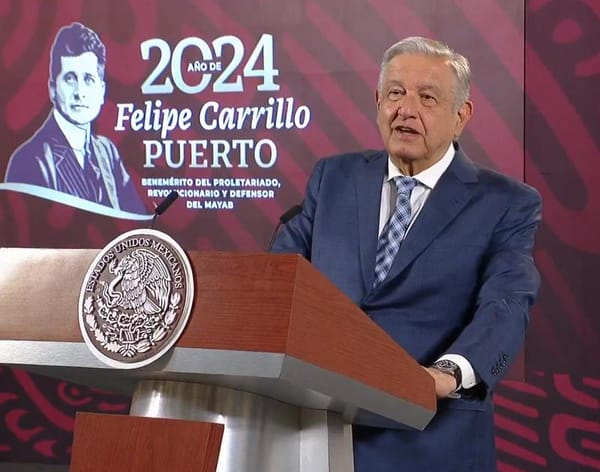Mexico will release a new 200 peso bill in September
The change of model is carried out mainly for three reasons: the first is safety, the second is durability and the third is to include elements for the blind or for machines.

Next September the Bank of Mexico (Banxico) will put into circulation the second note of the new family, now will be 200 pesos, to provide greater security in this means of payment and better represent the history and natural wealth that identifies us as a nation, however, the central institute called to review the pieces to avoid being counterfeit.
By constitutional mandate, the Banxico is responsible for providing notes and coins to the economy, the decision to circulate a new note is in charge of the Board of Governors, formed by the governor and four deputy governors.
In an interview with MILENIO, Alejandro Alegre, Banxico's General Director of Issuance, explained that banknotes are changed for three basic reasons: for security reasons, to provide them with more and more elements to inhibit counterfeiting; for durability reasons, to find better materials so that the lifetime is longer, and to incorporate different brands and elements to be used by blind or visually impaired people or by accepting equipment (machines that receive money) so that transactions are easier.
He pointed out that a banknote leaves circulation when it deteriorates and it is no longer easy to identify security features or when users suggest that the denomination is no longer useful to use in their daily transactions, this has to do with the purchasing power that is lost through inflation, but also with the preferences of the public.
Also, a new denomination has to do with the composition of prices and user preferences and is something that is also decided by the central bank, based on this.
In the specific case of the 20 peso note, they expect it to go out of circulation and instead print a coin, but the decision depends on cost-benefit issues, as it is the most commonly used denomination.
"The 20 peso note costs less to manufacture but lasts 40 months in circulation, whereas the currency costs more than printing a note, but lasts more than 30 years in circulation, so it is to make better use of public resources," said Alegre. When asked what the cost of manufacturing a banknote is, he explained that, on average, a little less than one peso, although because of the material, which is plastic, the manufacture of the denominations of 20 and 50 is higher, but last longer than the rest, which is made of cotton."
Different sizes When observing bills from other countries where all measure the same, regardless of denomination, it is striking that Mexicans have different sizes.
In this sense, the executive said that has to do to facilitate the identification of blind or visually impaired people, the smallest size is for those of 20 pesos and increases as the denomination is higher.
He added that the issue of bills is not subject to any international standard, so essentially what is sought is to make them safer and more functional for the entire population and, recently have wanted to incorporate in its design with greater rigor the historical process of the nation, from ancient Mexico, the colony, independence, reform, and restoration of the Republic and modern Mexico, as well as the natural and cultural wealth that identifies us as a nation.
Several years ago, the Banxico Board of Governors approved a methodology for the analysis of security elements, which is related to what different suppliers offer in terms of paper, plastics, inks, varnishes, and hologram windows, each of these technologies is reviewed to see which is the most robust and has the best cost-benefit balance.
"The Bank of Mexico participates in a center called the Reproduction Research Center, which is a reproduction center to analyze the security elements, is based in Europe and we test how easy to imitate are the new security elements that are being made available to the market and there we make analysis of adversaries to see if they can effectively resist the attempts of counterfeiters to reproduce these security elements or to reproduce banknotes," said Alejandro Alegre. He pointed out that the most counterfeited banknote is 500 pesos, the second is between 100 and 200 pesos and the least counterfeited are 20 and 50 pesos."
While the latter two for the material of which they are made, it is a reality that people do not check their bills, so he made a call to do so since to make a transaction with a fake can be treated as criminals and obtain criminal penalties.




